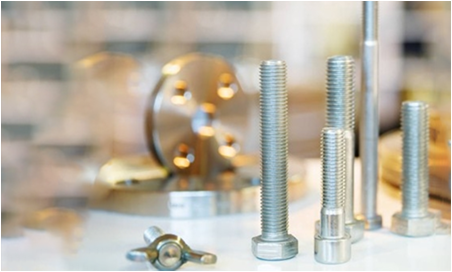Nov . 06, 2024 16:12 Back to list
Guide to Choosing Suitable Sizes for Screwed Rods in Various Applications
Understanding Screwed Rod Sizes A Comprehensive Guide
Screwed rods, often referred to as threaded rods, are versatile components widely used in various industries, from construction and manufacturing to automotive and aerospace. Their primary function is to provide a method for fastening and anchoring structural elements together. Understanding the different sizes and specifications of screwed rods is paramount for engineers, designers, and hobbyists alike, as it can significantly affect the strength and integrity of the assembly.
What are Screwed Rods?
Screwed rods are elongated metal pieces that are uniformly threaded along their length. They are designed to be used with nuts and washers, creating a strong, secure connection. Screwed rods can be made from various materials, including steel, stainless steel, aluminum, and plastic, each offering different degrees of strength, corrosion resistance, and weight. The choice of material often depends on the application's specific requirements.
Measurement Standards
Screwed rods come in a range of sizes, typically categorized by two key dimensions diameter and length. The diameter determines the size of the rod’s threads, affecting its load-bearing capacity. Length indicates how far the assembly can extend. The most common standards for measuring screw rods are the Metric and Imperial systems.
1. Metric Sizes In the metric system, the diameter of a screwed rod is expressed in millimeters. Popular sizes include M6, M8, M10, M12, and so on, where the number denotes the diameter in millimeters. Metric sizes often feature thread pitches that vary according to the diameter. For example, an M10 rod might have a standard pitch of 1.5 mm but can also come in fine threads, like M10x1.0.
2. Imperial Sizes The imperial system uses inches to denote diameter and is typically associated with the Unified Thread Standard (UTS). Common sizes include 1/4, 5/16, 3/8, and larger diameters. The pitch of the threads is defined by the number of threads per inch (TPI). For instance, a 1/4-20 screw has a diameter of 1/4 inch and 20 threads per inch.
Thread Types
In addition to size, the type of threads on a screwed rod can also influence its performance
. The most frequently encountered thread types arescrewed rod sizes

- Coarse Threads These are used for quick assembly, offering stronger resistance to stripping and better holding power, making them suitable for use in soft materials. - Fine Threads Fine threads provide a higher tensile strength and are ideal for applications that require a finer adjustment or higher resistance to vibration.
- Acme Threads These are trapezoidal threads used in screw jacks and machinery for lead screws, allowing smooth operation and high-load carrying capacity.
Factors to Consider When Choosing Screwed Rod Sizes
1. Load Requirements Understanding the load and stress that the screwed rod will endure is crucial. Larger diameters generally support more weight, but the specific design and application will dictate the appropriate size.
2. Material Compatibility Ensure that the material of the screwed rod is compatible with the other materials it will be interacting with, particularly regarding thermal expansion and resistance to corrosion.
3. Assembly Clearance Consider the space available for installation; larger rods require more room for nuts and washers, which can be a significant factor in tight spaces.
4. Compliance Standards In many industries, specifications for fastening elements must comply with local or international standards, ensuring safety and reliability.
Conclusion
When selecting screwed rod sizes, one must consider a myriad of factors, including dimensional specifications, thread types, and material properties. The choice made will ultimately impact the strength and reliability of the assembly. Whether for small-scale DIY projects or large industrial applications, having a thorough understanding of screwed rod sizes will help to make informed decisions, ensuring efficient and effective use in every scenario. Always consult with engineering standards and guidelines when in doubt, as these documents can provide valuable insights into the best practices for using threaded rods effectively.


